Have you ever seen an aquarium catfish chilling near the surface of a pond or tank? It might seem odd for a bottom dweller to be hanging out up top. This blog dives into the fascinating reasons why catfish sometimes defy expectations and become surface swimmers – aquarium catfish diseases.
Content Table
We’ll explore how oxygen levels, feeding opportunities, and even a catfish’s upside-down swimming style can all play a role in this surprising behavior. So, buckle up and get ready to learn the secrets behind why Catfish swim on top of the water.
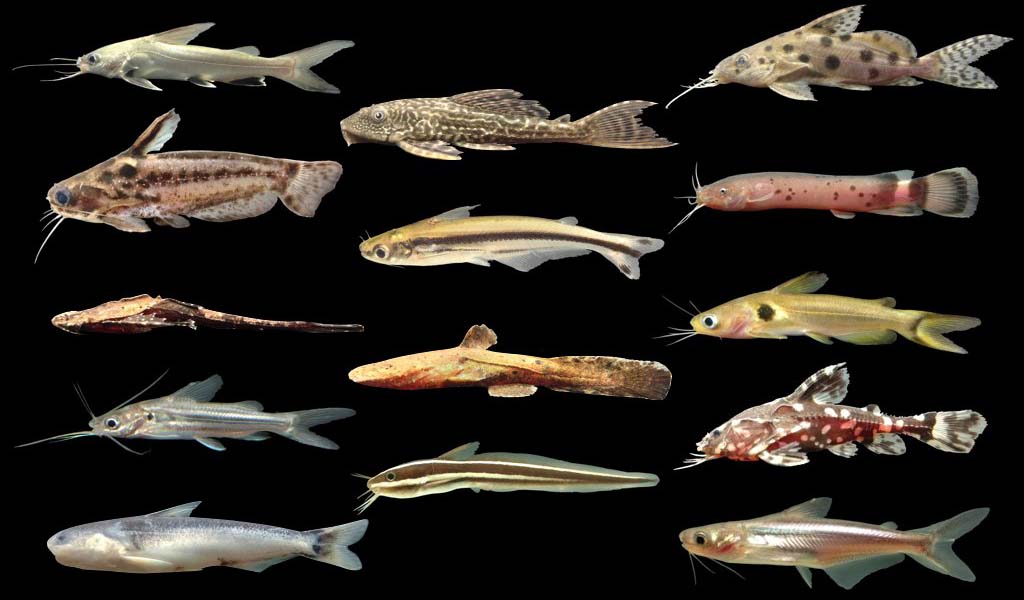
Aquarium Catfish Profile
Here’s a brief profile of some of the most popular aquarium catfish species:
1. Corydoras Catfish
| This minnowy catfish species is commonly seen in community tanks. They are available in many colors and designs. They are often characterized by their good nature and vegetarian diets too. Small Corydoras catfish grow to be 1–2 inches long and prefer aquariums with soft, sandy surfaces as substrate. | 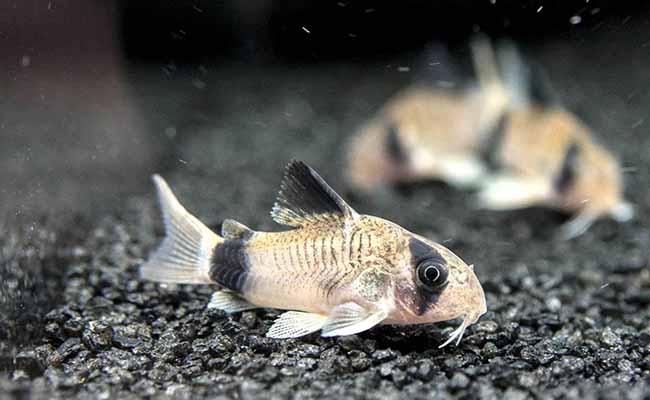 |
2. Bristlenose Pleco
| In addition, one of the most popular options, the bristle nose catfish, is also called a bristle nose suckerfish. They are about 4–5 inches long and eat algae wafers and biofilm that support the cleanliness of the aquarium. Bristlenose plecos are nighttime swimmers, that love to spend most of the daytime inside caves or under plants. | 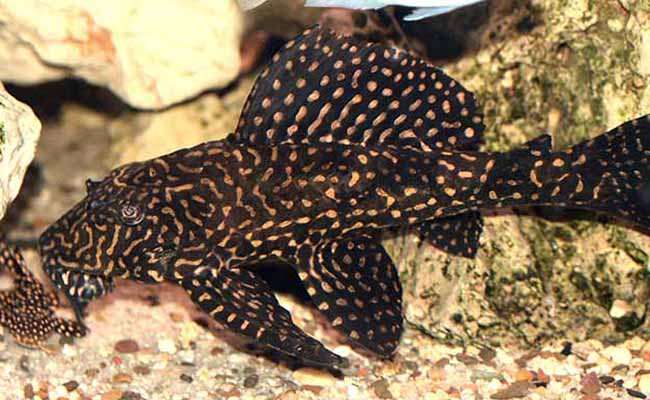 |
3. Upside-down Catfish
| Just like their common name indicates, these fish are famous for their abnormal way of swimming. They usually spend their time in the tank upside down, attaching themselves with their sucker mouths to the tank walls below the water surface. The upside-down catfish are a peaceful species of fish and grow to an average length of 3 to 4 inches. | 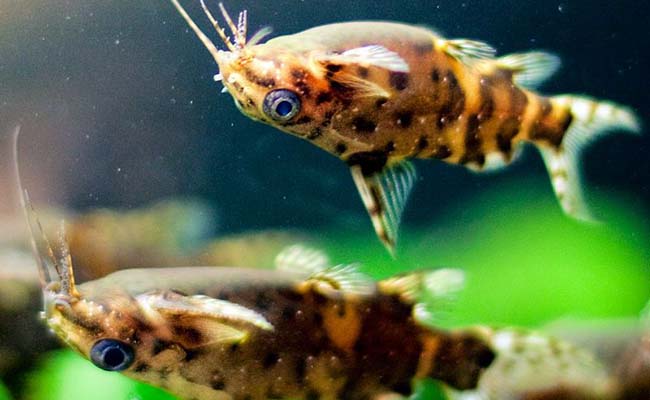 |
4. Bumblebee Catfish
| They are little vigorous scavengers, and always willing to take a meal. Unlike other fish, they are peaceful, making them an option for community tanks. They can be kept with other small fish, making them a great option for a community tank. Some bumblebee catfishes only reach about 1–2 inches, in contrast to others which are of different colors such as black and white. | 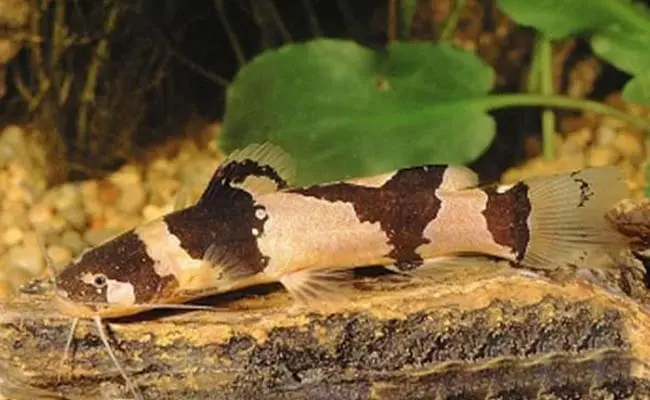 |
5. Raphael Catfish
| These medium-sized catfish have long barbels, which they use to feel their surroundings. They are non-aggressive fish and can be kept together with other non-aggressive fish (community tank). The Raphael catfish usually attain a size of 5 to 7 inches long, and they are the preferred species for aquariums with many hiding spots. | 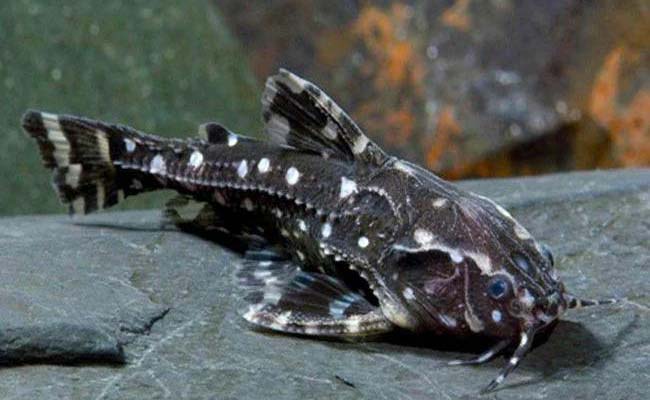 |
Are Catfish Good For Aquariums
Catfish are quite good for keeping your aquarium clean. Here are some of the key roles that catfish are responsible for:
- Cleaning crew: Most of the catfish species are not picky eaters and will clear up any excess food and algae from the bottom of the tank. This could help to treat water quality and prevent ammonia surges.
- Peaceful community fish: In most cases, catfish are peaceful fish that can be kept with other peaceful community fish.
- Interesting to watch: Many catfish are extremely active, so they are wonderful to look at. They have distinctive features like whiskers (barbels) that they use for sensing their surroundings, and some species have strange shapes.
Why do Catfish Swim on Top of Water
There are two main reasons why you might see catfish swimming near the surface of the water:
1. Low Oxygen
The most dominant cause is due to anaerobic conditions and low oxygen in the water. A current of fish that enters the water gets oxygen from dissolved oxygen in the water, which in addition usually originates from the surface layer that directly touches the air. If the water is stagnant or the number of fish in the water is too high for its size, oxygen levels can decrease, and catfish will have to gulp for air at the surface.
2. Feeding
Some species of catfish, such as the upside-down catfish, have evolved ways of feeding up to the surface. They can swim with their bellies facing down, which helps them to finely locate food sources (insects, small fish, etc.) hanging around the surface by using their barbels (whiskers).
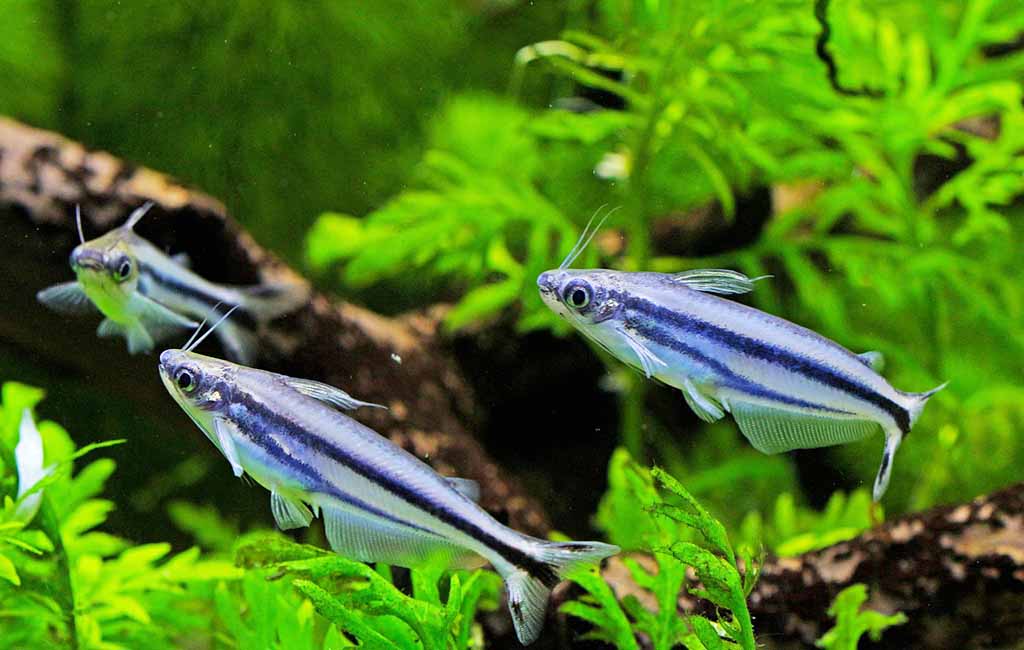
Aquarium Catfish Diseases and Curement
Aquarium catfish are generally hardy fish, but like any other fish, they can succumb to various diseases in captivity. Here are some of the most common catfish diseases and how to cure them:
1. Ichthyophthirius (Ich)
This is a parasitic disease that causes white spots to appear on the fish’s body and fins. It is highly contagious and can be treated with over-the-counter medications that contain copper or formalin.
How to Cure:
| Symptoms: Look for white spots resembling grains of salt on the body and fins. | Treatment: Use over-the-counter medications containing copper or formalin following the exact dosage instructions. |
Important Things to Consider
- Copper can harm some catfish species and invertebrates like snails, so research compatibility before using.
- Maintain good water quality during treatment with increased aeration and water changes.
- Ich has a lifecycle with stages outside the fish. Extend treatment beyond when visible signs disappear to ensure eradication (consult medication instructions for a specific duration).
2. Fin and tail rot
This is a bacterial infection that causes the fins and tail to become frayed and deteriorate. It is often caused by poor water quality or stress. Treatment involves improving water quality and using an antibiotic medication.
How to Cure:
| Symptoms: Fins and tail appear frayed, discolored, or have receding tissue. | Treatment: Water Quality: Perform large water changes (50%) to remove potential toxins and improve overall tank health. Medication: Use an antibiotic medication specifically designed for fin and tail rot. |
Additional Tips:
- Remove any uneaten food or decaying matter that can contribute to poor water quality.
- Consider using a stress coat additive during treatment to aid healing.
3. Bacterial infections
These can manifest in various forms, including ulcers on the body, popeye, and dropsy. Treatment typically involves broad-spectrum antibiotics.
How to Cure
| Symptoms: These can vary depending on the specific bacteria. Look for ulcers, popeye (bulging eye), dropsy (pinecone scales), or fin/tail rot. | Treatment Use a broad-spectrum antibiotic medication following the recommended dosage and duration. |
Important Note: Diagnosing the specific bacteria is ideal for targeted treatment, but broad-spectrum antibiotics are a good first step.
4. Fungal infections
These appear as cottony white growths on the body or fins. They are often secondary infections that occur after a bacterial infection. Treatment involves antifungal medications and improving water quality.
How to Cure:
| Symptoms: Cottony white growths on the body or fins. These often follow a bacterial infection. | Treatment:
|
Additional Tip: Slightly increase tank temperature (a few degrees via a fish tank heater) as some funguses thrive in cooler water.
5. Swim bladder disease
Swim bladder disease is a condition that causes the catfish to have difficulty swimming and maintaining buoyancy. It can be caused by a variety of factors, including bacterial infections, constipation, or internal injuries. Treatment depends on the underlying cause.
How to Cure:
| Symptoms: Difficulty swimming, floating upside down, or struggling to maintain position in the water | Treatment: This depends on the underlying cause. Here are general approaches:
|
Important Note: If caused by an internal injury or infection, consult a veterinarian for further guidance.
6. Hole-in-the-head (HITH)
A hole in the head is a chronic disease caused by a flagellate parasite. It causes head lesions and can be difficult to treat. Treatment options include metronidazole or copper sulfate medications.
How to cure
| Symptoms: Head lesions that appear as pits or sores | Treatment: This can be challenging. Here are two options:
|
Important Note: HITH can be hard to cure completely. Maintaining pristine water quality and minimizing stress are crucial for managing the disease.
The Bottom Line
Finally, catfish swimming on top of water may be caused by the lack of oxygen or eating habits. For example, if your catfish is sick, figure out what disease the fish has and treat it accordingly. Keep good water quality to make sure that your catfishes remain healthy and happy.
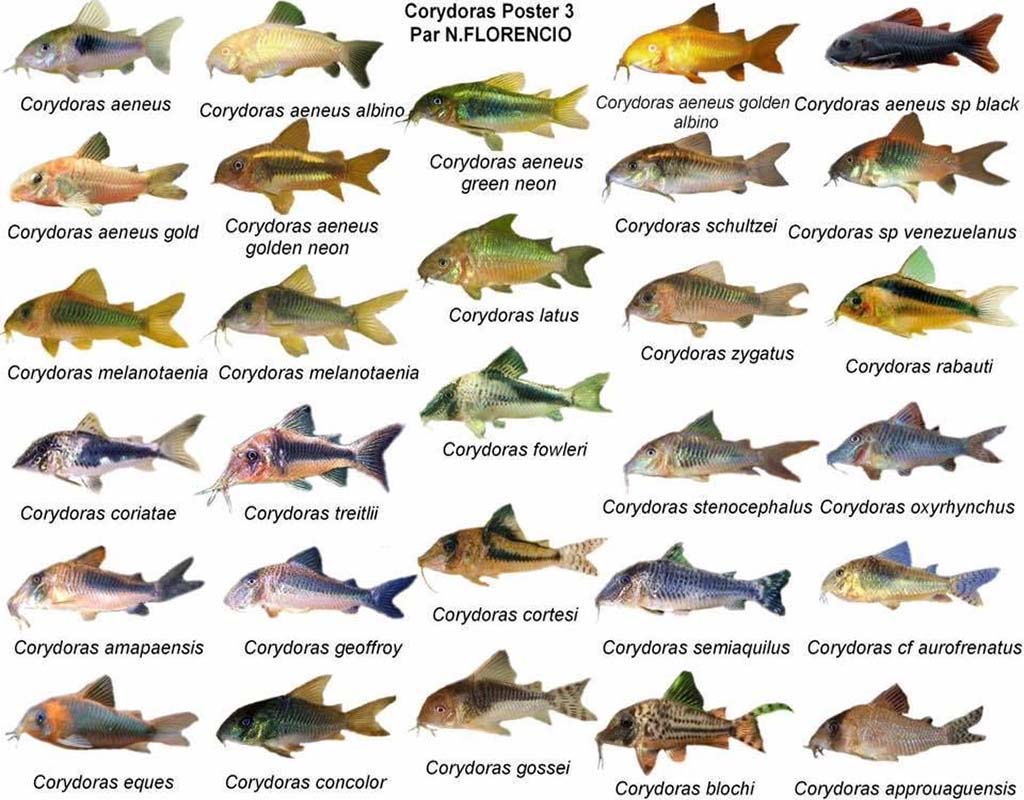


Leave a comment